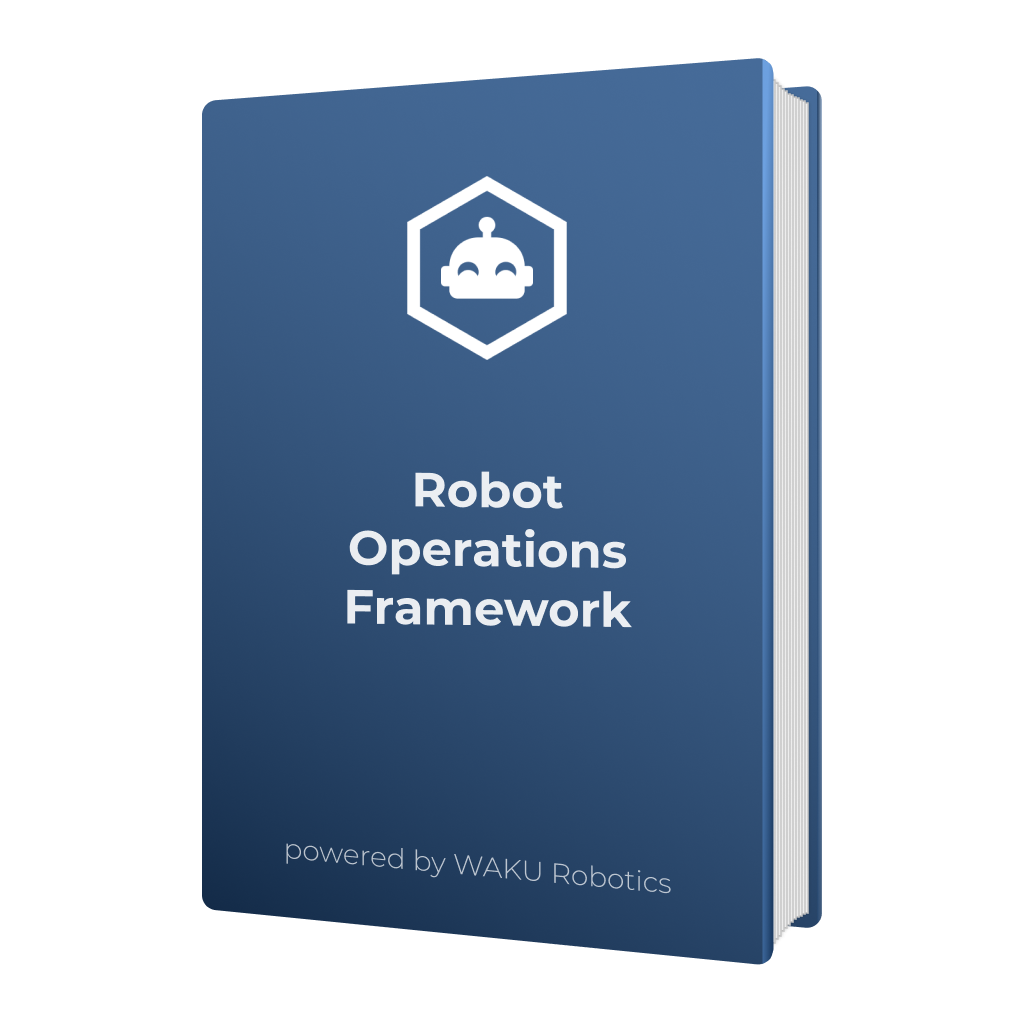What is a Proof of Concept with Mobile Robots?
Published on 26.01.2022
The integration of automated guided vehicles (AGV) and autonomous mobile robots (AMR) in warehouses is a significant automation project for logistics or production companies. These companies profit by the optimal use of mobile robots can create flexible and highly efficient logistics processes. This significantly increases overall productivity and ensures a positive ROI in the long term. For this reason, the automation project must also be well structured and planned. An initial test, in which a mobile robot can be tried out on-site in advance, is a recommended first step for the success of the automation project. In the following article, you will learn more about this test, which we call a proof of concept (PoC).
Reading time: ca. 3 minutes
The proof of concept with mobile robots
In project management, the term "proof of concept" has long been established. In the context of mobile robots, we define the PoC as a time-limited trial of a robot (e.g., one month) in a real test environment. This is usually done without WMS or ERP integration. The implementation of the mobile robot is tested using an exemplary use case and it is evaluated whether scaling is reasonable. During the PoC, the processes are continuously improved and the efficiency of the robots is optimized.
Goals of the proof of concept
A PoC enables you to make informed decisions and thus minimizes risks. We define three main goals:
1. Identification of the optimal robot solution
Identifying the optimal robot solution is not done from one moment to the next. During the PoC, you may come to the conclusion that the tested mobile robot does not meet your requirements. Then look for a more suitable solution, which you can then test again in a PoC. With LotsOfBots.com you get an overview of potential mobile robots for your use case. Don’t hesitate to draw on the expertise of our robot experts who can advise you on the right robot solution. If the PoC performs exactly as expected, you can then use it as a success story to promote upcoming robot projects to all stakeholders.
2. Evaluate scalability on the basis of key data
To make informed decisions and evaluate the scalability of the robotic solution, you need to collect data. During a PoC, you can gain information about the robot’s performance. This includes tracking tasks, errors, and overall robot performance in real time. A service-as-a-service tool like WAKU Care performs monitoring as well as analytics automatically. In advance, you should define KPIs that are significant to your operation and of interest to management, such as the number of transports within an hour. Based on this data, you can assess whether the robot solution is the right one for your automation project.
3. Increase the acceptance of employees
Through the PoC, you create a test environment for your employees in which they can familiarize themselves with the robot and learn how it works. In this way, all employees involved are included and brought to the same level of knowledge. In the best case, you reduce uncertainties and gain valuable supporters for your automation project.
Start your proof of concept with mobile robots now 
More information about PoC with mobile robots can be found in the Robot Operations Framework. Download the manual for free and start your Robot Automation Journey. You can also use the checklists, posters, and other material to be optimally prepared for all the important steps of your Robot Automation Journey.
Feel free to contact us with any questions or suggestions. We’re looking forward to hearing from you!
Photo by Tommy Halfter (www.tommy-halfter.com)
WAKU Care
Software for Maintenance and Service Teams
Double Maintenance Efficiency.
Intuitive, digital and measurable.
Manage knowledge. Avoid chaos.
WAKU Robotics supports you in choosing the right robot for your application. We take care of the procurement of the robots as well as the on-site test. Our WAKU Care software helps you to operate the robots across manufacturers and to analyze the processes.
Contact WAKU